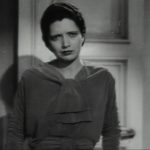 |
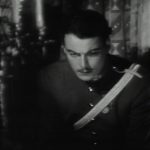 |
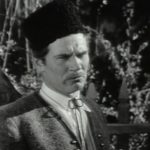 |
| Irina Kay Francis |
Geza Nils Asther |
Dushan Walter Huston |
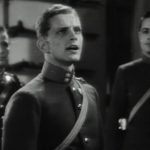 |
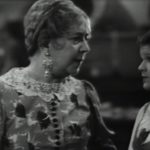 |
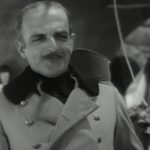 |
| Csaholyi Phillips Holmes |
Militza Louise Closser Hale |
Panto C. Henry Gordon |
| Released by MGM | Directed by Richard Boleslawski Run time: 78 minutes |
||
Proof That It’s a Pre-Code Film
- A salacious crack about an old woman who worries about her safety around brutish soldiers: “I guarantee your safety!”
Storm at Daybreak: World War Whine
“You wouldn’t want to break up my happy marriage, would you?”
I’ve been thinking a lot about Roger Ebert lately. It might be because the latest Twitter controversy centered on how critics should discuss people they find attractive in reviews (“The man loved tits!” Russ Meyer was fond of saying about Ebert, and, boy, you knew it), or it might be just because reading good criticism makes me want to write better. It’s fine that he was on my mind, because watching Storm at Daybreak reminded me of his review of Pearl Harbor, a review that at one point in my life I had memorized. It opens like this:
“Pearl Harbor” is a two-hour movie squeezed into three hours, about how on Dec. 7, 1941, the Japanese staged a surprise attack on an American love triangle.
Storm at Daybreak achieves much of the same results though, for our pre-Code attention spans, this movie is 50 minutes crammed into 75.
The movie kicks off with the murder of Archduke Franz Ferdinand in a bustling Austrian town. This kicked off World War I, the most devastating conflict the world or indeed Wonder Woman had known up to that point. Unfortunately, this also proves to be the most gripping section of the movie, and we’re talking the first five minutes here, people.
Director Richard Boleslawski of The Gay Diplomat and Rasputin and the Empress, apparently used to being given full run of MGM’s Eastern European sets, proves himself to be a master of visuals over long form emotion. The opening murder sequence is tense, with Serbian and Hungarians jockeying for superiority as the confused Archduke and his wife drive through the streets. The murder is played from above, with the assassin appearing out of the shadows. It, and the following montage which depicts the great generals of Europe overlayed with grotesque skulls, are almost Eisensteinian in their striking darkness. There’s a real fear, a real horror here.
And then it’s time for a little romance, bloodless as it may turn out to be. Walter Huston is Dushan, the freewheeling, alright guy who is the mayor of the town. He’s stuck trying to keep a balance between the two ethnic factions constantly trying to outmaneuver and possibly murder one another. His wife is Irina (Francis), who treats him as an adorable child, only with less smiling. I say less because I’m not sure Kay Francis actually breaks into a grin during this one’s entire run time– and it’s never good when even a thrilling flirtation can’t make you break a grin.
This flirtation is with the smoldering Captain Geza, played by Nils Asther with a smokey smile and an obvious deference to the leading lady in all scenes. He’s loyal but cagey. Irina seduces him to protect some deserters, and he lets her. After that, he’s hooked, even if Dushan is his good friend and entirely lovable.
The war happens. It isn’t good. The balance of power between the Serbs and Hungarians shifts and suddenly Huston’s cruel servant Panto (C. Henry Gordon) is in charge and gunning for Asther. Dushan finds out about the discreet (but chaste!) love affair, and there’s a showdown.
I know it’s a discredit to all of the creative energy that went into the film, but I can’t escape the feeling that the prime motivating factors for making this movie were that 1) MGM had the Eastern European sets standing and 2) they had a wacky hat to affix on Walter Huston.
Francis is great, a vision in furs, pearls, and tears. That being said, Kay Francis made this film while still building her reputation at Warner Bros.; in fact, this is placed in between some of her greatest movies. This one doesn’t match up. While her acting is sublime, she feels miscast, a couple shades too far on the tragedy scale. Her gut wrenches, but while Asther steams, they’re always directed at each other, never connected. And Walter Huston may as well be Cousin Balki for all the danger he brings to the affair.
I really wanted to like Storm at Daybreak– it’s premise sounded intriguing on the surface, and I’m a big fan of Francis, but this seems like the kind of movie where everyone ended up good friends afterwards more than any artistic achievement was created. And, I mean, worse things happen. But while there were great movies being made about the psychological scars of World War I at this time, this one is about a lousy love triangle mired in loud singing and goofy hats.
Gallery
Click to enlarge. All of my images are taken by me– please feel free to reuse with credit!
Trivia & Links
- Andre Sennwald’s contemporaneous review in the Times calls it “dull entertainment”.
It is also possible to enjoy the ironical spectacle of the Serbs dashing gallantly to battle against the Germans in comic opera uniforms, riding fretful chargers and taking gay farewells of the peasant lasses. A great many of them return from the front in hospital boxcars, broken and terrified by the slaughter-house methods of warfare employed by their more up-to-date opponents. In these scenes Mr. Boleslavsky reveals a small part of his talent.
- TCMDB talks about Boleslavsky’s career:
Director Richard Boleslawski had studied under Constantin Stanislavsky in Russia before coming to the U.S., where his American Laboratory Theatre trained such future acting teachers as Lee Strasberg and Stella Adler. When his theatre company went bust, he moved to Hollywood, where he had a promising career as a director until his early death of a heart ailment at just 47. He had just come off MGM’s epic Rasputin and the Empress (1933) — the only film to star John, Ethel and Lionel Barrymore — when he made this picture. His direction really takes off in the scenes connected to the war, particularly a convincing re-creation of the assassination of Archduke Ferdinand (with Mischa Auer as the assassin) and scenes of Hungarian soldiers marching off to war.
- My pal Marya covered this one recently as well, saying “This movie underused practically everybody.”
Awards, Accolades & Availability
- This one unfortunately hasn’t been put on DVD yet. It was on TCM recently; keep your eyes peeled!
More Pre-Code to Explore
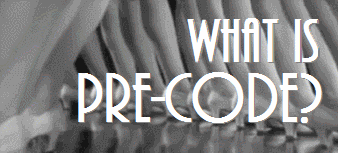
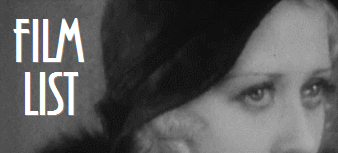
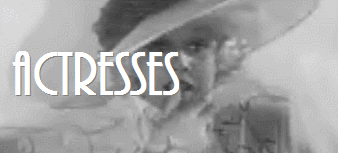
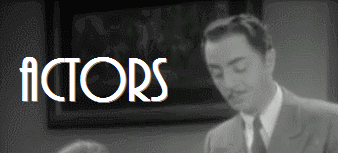
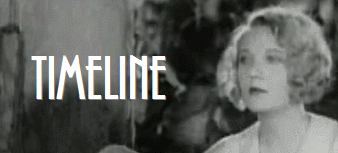
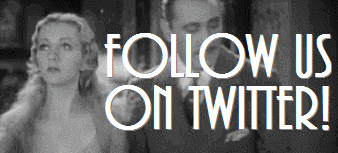

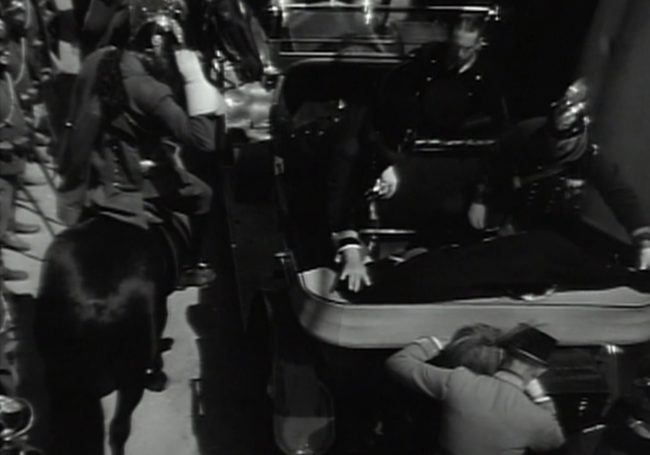
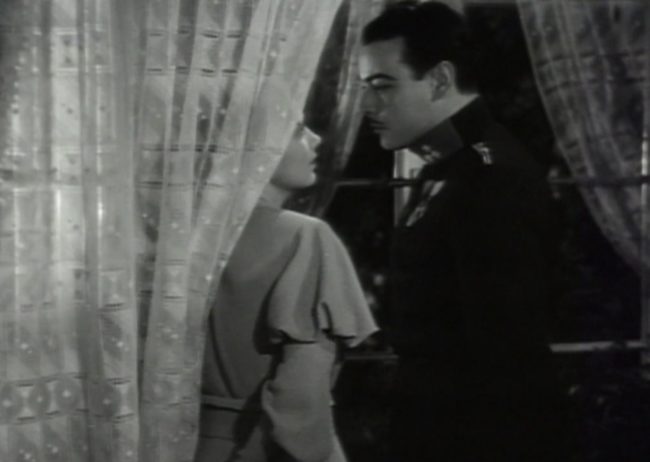
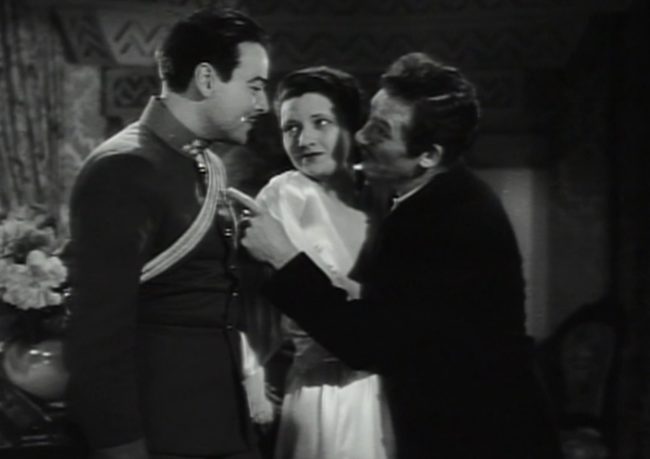
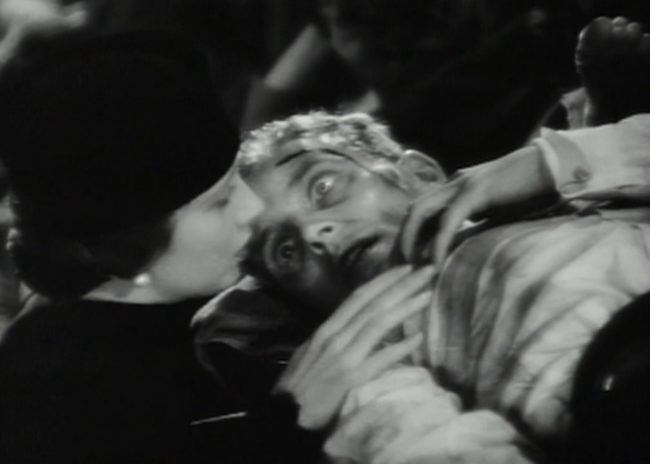

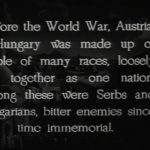
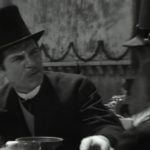

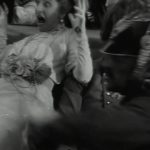
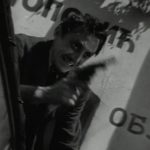
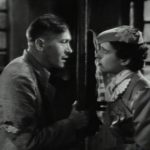
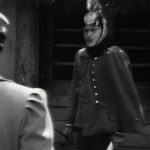
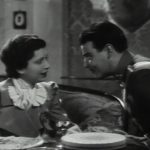
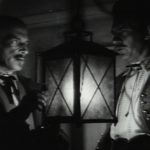

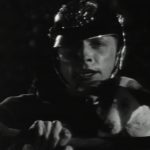
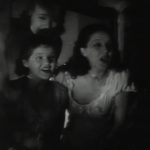

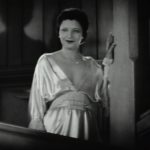
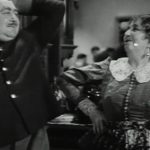
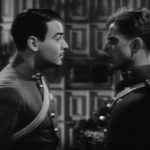
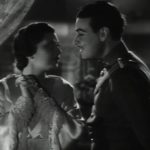
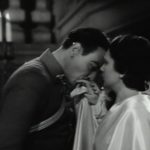
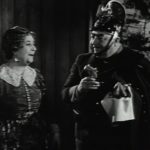

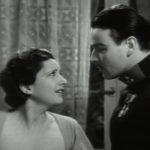
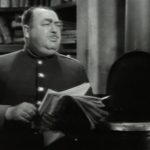
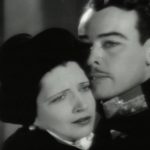
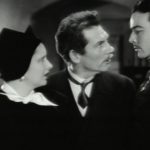
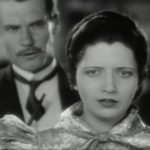
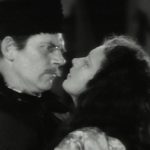
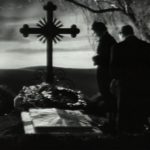



3 Comments
Ben Frey · June 14, 2017 at 6:30 pm
Watched it just a week ago. I found it difficult to stay engaged. Good cast, poorly used.
Elaine @ Classic Movie Treasures · June 15, 2017 at 8:01 am
Great post. I have not seen this one. I invite you to add it to this week’s The Classic Movie Marathon Link Party. http://classicmovietreasures.com/category/link-party/
Vincent medici · February 11, 2021 at 11:37 pm
You people split hairs! Don’t be critics. React like a person that wants to be engaged and you’ll find this movie is a jewel!!
Comments are closed.